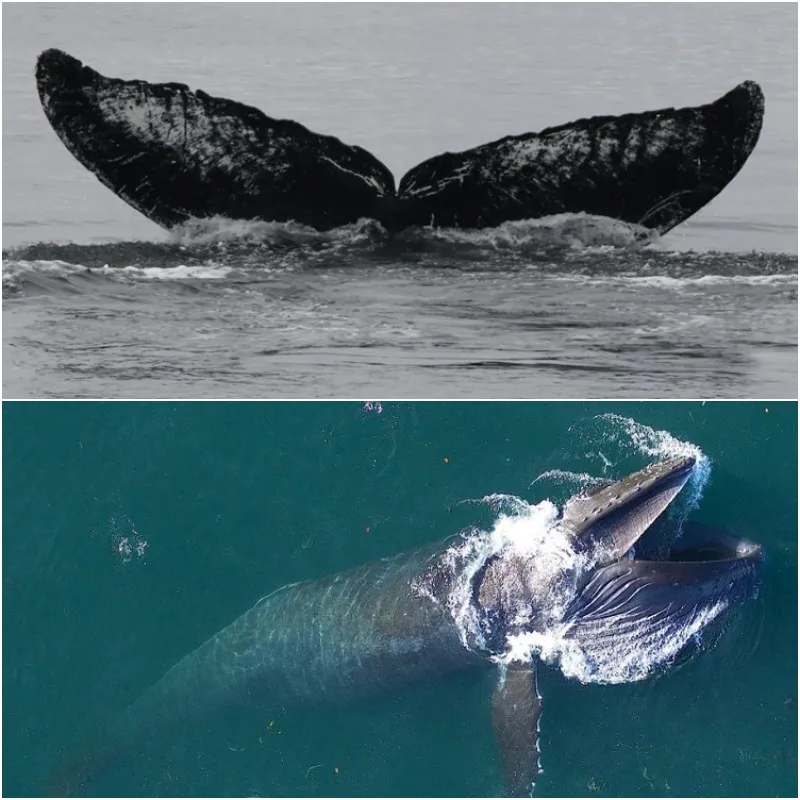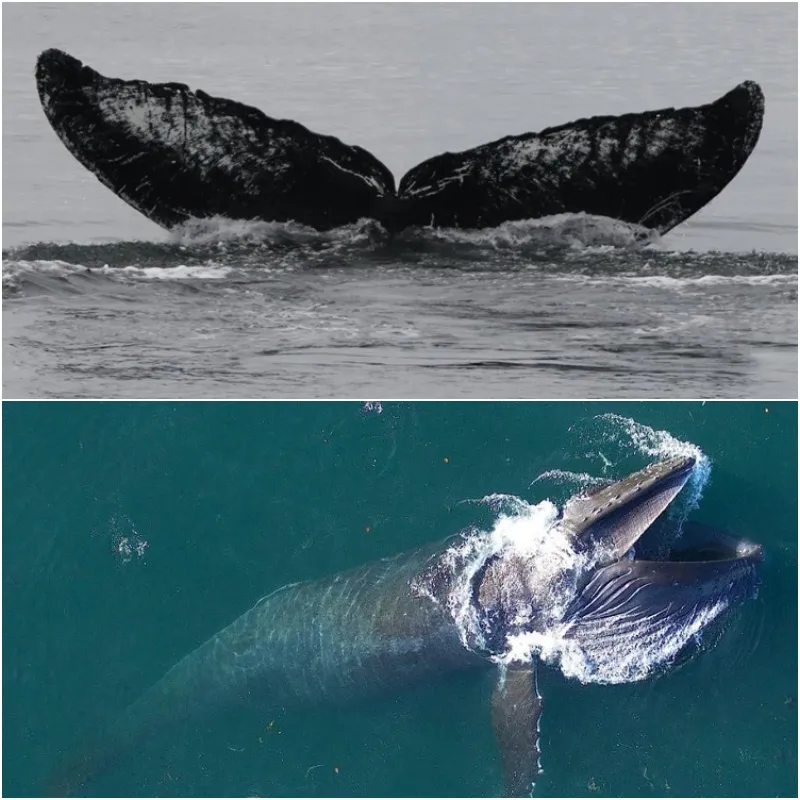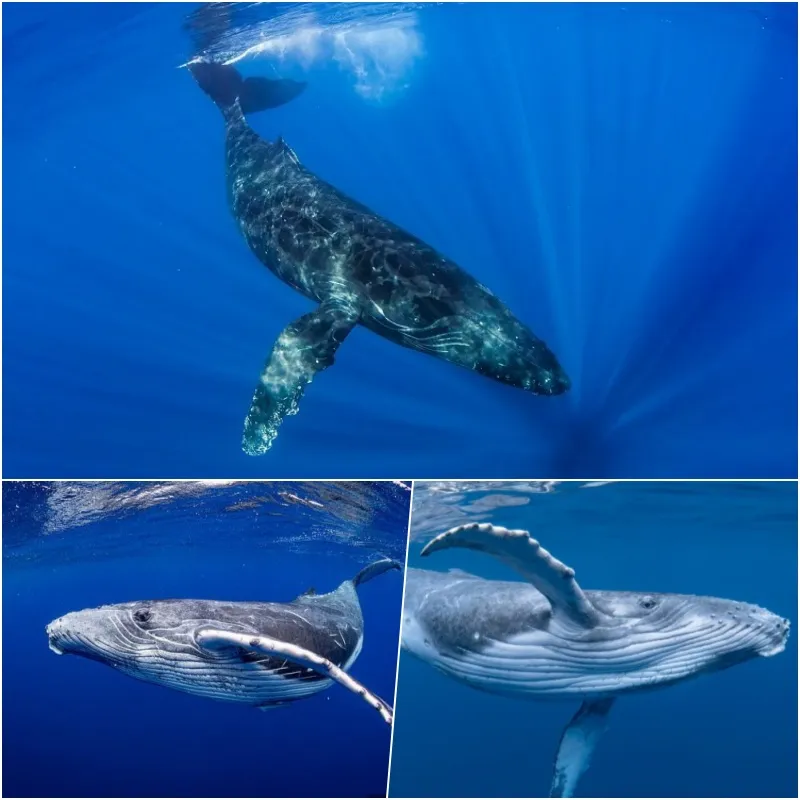
The World’s Oldest Humpback Whale: Old Timer
Old Timer, a male humpback whale first photographed in 1972, was recently rediscovered in Alaska. The tails of humpback whales have unique features similar to human fingerprints, helping identify individual whales. When marine mammal researcher Adam A. Pack took photos in Frederick Sound in July, he immediately recognized the tail fluke of Old Timer. This whale is now at least 53 years old, making it the oldest known humpback whale, according to Pack.

Although the population of humpback whales was once severely depleted by commercial whaling, they have been recovering over the past few decades. However, humpback whales now face new threats from ship strikes, entanglement in fishing nets, and climate change, which has Pack concerned for Old Timer. The last time Pack saw this whale was in 2015, during a record-breaking heatwave that caused mass deaths among marine mammals and seabirds. Despite this, Old Timer has survived.
Tracking whales is difficult, so scientists use photos of whale tails to compare and identify them. Future research on Old Timer and other humpback whales could be aided by artificial intelligence, helping identify whales that can endure harsh environmental conditions.
Humpback whales in the North Pacific, including Old Timer, typically breed in the warm waters around Hawaii during the winter and migrate to Southeast Alaska in the summer to feed. These whales have been the subject of a long-term scientific study that began in 1976 when marine mammal researcher Louis Herman started photographing and documenting their unique tail flukes. This massive collection of images has enabled scientists to track individual whales throughout their lives.
The study is now entering the era of machine learning, supported by the online platform Happywhale, which collects whale tail images from scientists and the public worldwide. Happywhale uses an artificial intelligence algorithm to match and automatically identify whales in photos, helping researchers trace previous sightings of individual animals.

Earlier this year, Happywhale and researchers estimated the abundance of humpback whales in the North Pacific from 2002 to 2021, showing a sharp increase up to 2012 but then a sudden decline. This drop coincided with a severe marine heatwave from 2014 to 2016, which reduced fish and krill supplies. Humpback whale populations in Hawaii were especially hard-hit, declining by 34% between 2013 and 2021.
Pack hopes to uncover why Old Timer survived while many others perished during changing environmental conditions, with the help of Happywhale. “Old Timer may have lived long enough to develop an ability to adapt when food resources are limited. We want to understand how many whales like Old Timer are resilient to such a depletion of marine resources,” Pack said.






